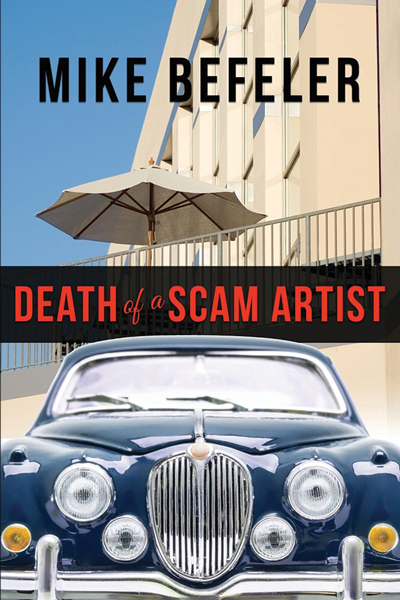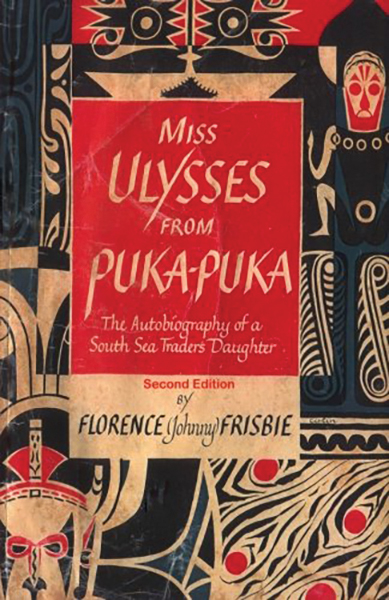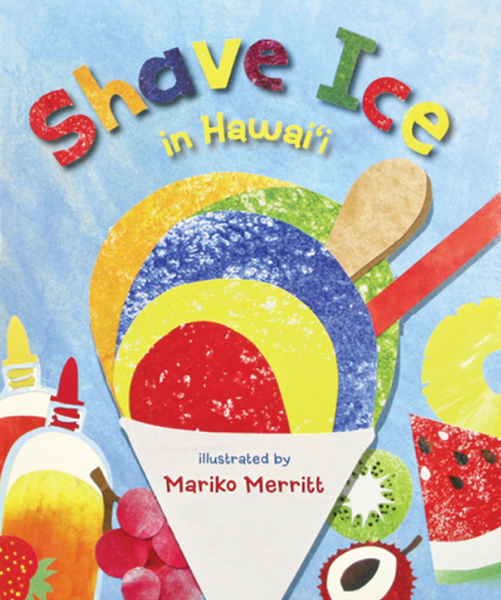
The Chalk Artist
By Allegra Goodman ’85
Reviewed by Lara Mui ’88 Cowell, Academy English faculty
Allegra Goodman’s ’85 “The Chalk Artist” dazzles with its beguiling blend of fantasy and reality: a wise, philosophic meditation on discovering enduring passion, purpose and validation in life. The main characters, like Transcendentalist Henry David Thoreau in Walden, alluded to throughout the novel, strive to “live deliberately,” despite wrestling with self-defeating behaviors.
The novel features dual intersecting narratives. The first focuses on Collin James and Nina Lazare. Collin, a talented visual artist, beautifies sidewalks and designs backdrops for a pop-up theater. His favored medium: chalk. Lovely, yet ephemeral. Collin’s life mirrors his art; he savors novelty and the thrill of quick sketches, yet fears commitment. He sabotages himself, erasing what he begins, abandoning projects and relationships. Constant restarts leave him directionless and unhappy. However, when Collin falls in love with Nina, an idealistic, first-year American Literature teacher struggling to inspire reluctant students, it awakens his desire for something lasting. In turn, thanks to Collin’s imaginative, fun-loving influence, serious Nina begins shedding self-doubts and hopelessness, renewing her zest for life.
Hoping to garner greater recognition and financial security for Collin’s prodigious creativity, Nina convinces her father, Viktor Lazare, the CEO of Arkadia, a role-playing game company, to hire Collin as a digital illustrator for UnderWorld, its latest immersive, multiplayer, virtual reality game. The well-intentioned career upgrade, however, seismically shakes Collin’s artistic and personal integrity and jeopardizes his bond with Nina.
Goodman’s second narrative examines Nina’s students, twins Aidan and Diana, and their respective quests for identity. Initially, hard-core gamer Aidan understandably prefers his alter-ego avatar to his skinny, sixteen-year old misfit self. In EverWhen, his favorite game, he possesses respect, adventure, companionship, wealth, magical powers and even “a diamond flask filled with a hatchling dragon’s blood” – assets absent in reality. Aidan’s fantasy addiction is exacerbated when he accepts an exclusive invitation to beta-test Arkadia’s “UnderWorld,” further precipitating his increasing disconnection from reality. Meanwhile, Aidan’s twin, Diana, endures alienation from her once-close brother, and struggles with body image and sexual orientation issues.
Sometimes, life feels depressingly imperfect, bereft of easy fixes and personal victories. Collin, Nina, Aidan and Diana ultimately discover there are no shortcuts to self-actualization, true fulfillment and lasting happiness. Still, to quote Thoreau, “if one advances confidently in the direction of his dreams and endeavors to live the life which he has imagined, he will meet with a success unexpected in common hours.” Rather than indulging in fantasies, people must actively create the selves and worlds they envision.
Contemplative, ironically humorous and lyrical, this artfully crafted novel appeals to a broad spectrum of readers, but especially thoughtful existentialists who embrace the authentic beauty of honest work, human relationships, literature and nature. Thoreau would surely approve.
Allegra Goodman ’85 dedicated “The Chalk Artist” to her teachers, including the following current or former Punahou faculty members: Dana Harimoto ’59 Izumi, June Brieske, Mabel Hefty, Tom Earle ’65, Bill Messer, Liz Foster, Eileen Crean, Leonard Rosa, Betty Sullivan and Jerry Devlin.

Wild Things
By Jaimee Wriston ’69 Colbert
Reviewed by Camila Chaudron ’08, former Academy English faculty
In the bitter cold of upstate New York, a heartbroken demolitions expert tries to dazzle his new mistress with talk of fireworks and explosions; a teenage girl is plucked from a parking lot under dubious circumstances and taken to a secluded trailer; and a young woman acts out in the wake of her brother’s drug-induced disappearance.
This is just the beginning, each story in “Wild Things” is a twisting examination of a range of human experiences. Jaimee Wriston ’69 Colbert expertly intertwines complex characters and intricate plot lines, frequently changing voices and perspectives that lend the novel a kaleidoscopic view of the hardships of modern rural life. Her hypothetical language – “let’s say,” “perhaps,” “maybe” – lend the book a fantastical quality, leaving readers to decide for themselves what’s true and what’s not.
Set largely in a nameless small town reeling from economic decline, marked by increased poverty, crime and drug use, and further ravaged by natural disasters, the backdrop is largely mired in darkness. However, the setting is punctuated by the characters’ reminiscences of elsewhere, specifically informed by the author’s home of Hawai‘i: The prologue begins at Kawela Bay and the story ends with images of volcanoes, Hawaiian honeycreeper birds and the slopes of Mauna Kea. Even the colors are infused with local flair, like a character’s “guava-colored” hoodie, lost in a forest and later discovered by anabandoned dog.
Wild Things’ unflinching look at life in contemporary America is not for the faint-hearted. The narratives are powerful and troubling: They explore the pain of unfulfilled potential, the loss of self that accompanies mental illness and addiction and all the ways we can become tethered to sadness. In each successive story, Colbert peels back the layers of modern American life and all the niceties that protect people from their essential fragility – the lies we tell ourselves, the lies we tell others – by exposing the thought processes of the lonely, the struggling, the fallen.
And yet, the stories are also oddly hopeful depictions of how desperation can cause people to act and dream in ways otherwise unimaginable. After reaching gaping lows, the lead characters are forced to confront the deep hope that comes from losing what’s most dear. “Wild Things” delivers nothing less than a raw, occasionally humorous and painfully honest look at the courage of average people living in an untamed world.
Jaimee Wriston ’69 Colbert entered Punahou in the first grade and graduated with the Class of 1969. When she was a senior she took a creative writing class with teacher Diane Anderson, who would influence her to become a writer. In 1979, Colbert taught Creative Writing during Punahou’s Summer School. Her family has a long history with Punahou: Her father, brothers and many cousins are graduates; and several family members have worked and taught at the School.
Additional Titles by Punahou Authors

Death of a Scam Artist
By Mike Befeler ’62
Paperback; 250 pages
In “Death of A Scam Artist,” a financial hatchet man who dislikes old people accepts the job of turning around a failing retirement home and faces the most important decision of his life when he uncovers the secret behind an unusual murder.

Miss Ulysses from Puka-Puka: The Autobiography of a South Sea Trader’s Daughter
By Florence “Johnny” Frisbie ’63
Paperback; 340 pages
“Miss Ulysses of Puka-Puka” is an amazing story of life on a remote coral atoll. It is the autobiography of Florence “Johnny” Frisbie, written when she was between the ages of 12 and 14, and originally published in 1948 when she was 15.

Shave Ice in Hawai‘i
Illustrated by Mariko Merritt ’00
Children’s Board Book; 16 pages
When it’s hot, the only way to cool the day is to enjoy one of Hawai‘i’s favorite local treats: shave ice. There are dozens of flavors to choose from in this bright and colorful board book, and kids will have fun naming all of them!

